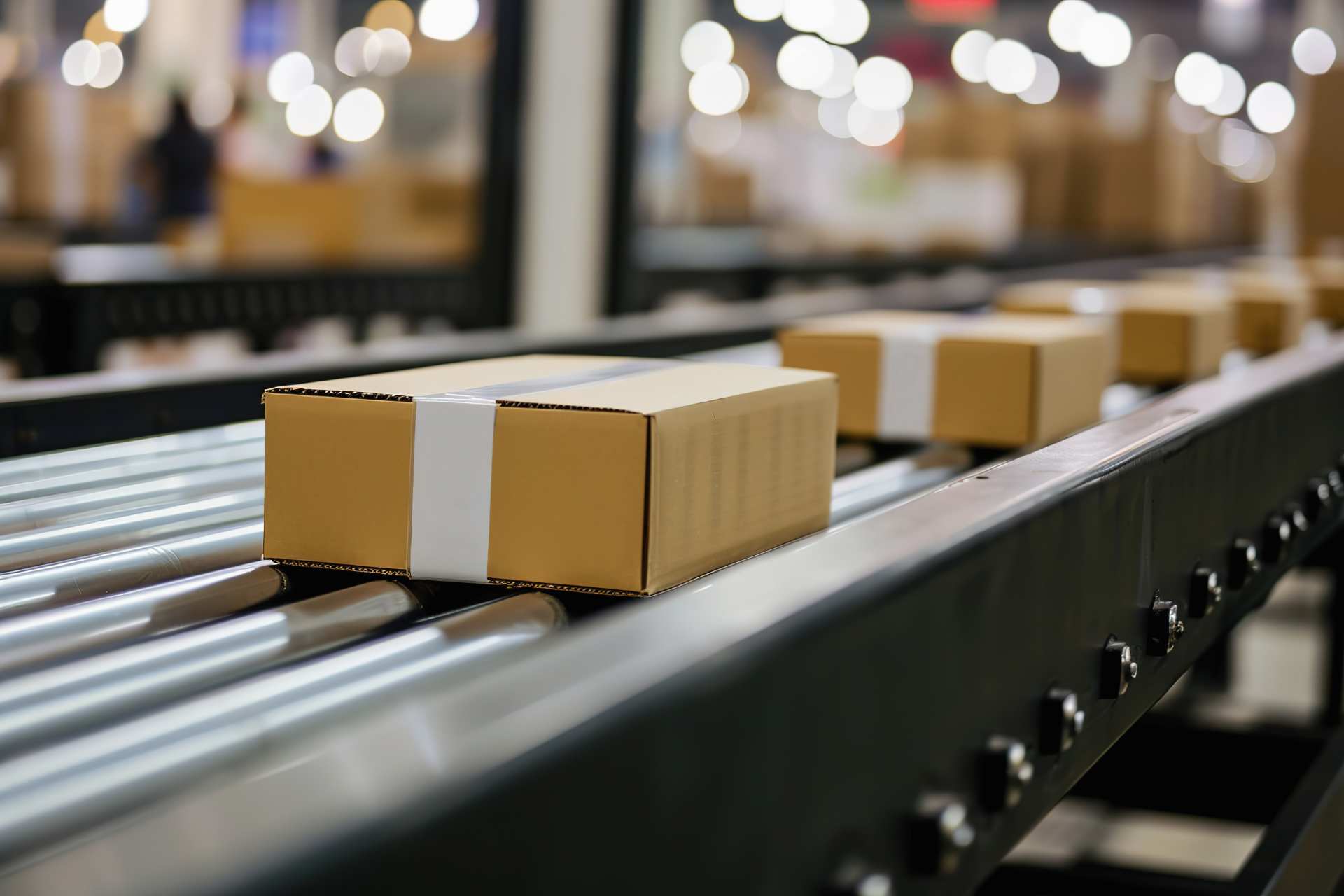Warehouse Management in Versa Cloud ERP aims to improve inventory accuracy and provide real-time updates about warehouse activities. The warehouse management feature drives value to businesses by using web-based inventory management capabilities. In addition, it also supports multiple warehouses for, raw materials, work-in-progress, and finished goods.
One of the main highlights of advanced warehouse management in Versa Cloud ERP is Bin Locations
[widget id=”custom_html-22″]
What is a Bin and how to define Bin Location?
In a Multi-Entity business, users can have different inventory locations called Facilities in Versa. There will be areas within each facility to store inventory. These are called ‘Bins’, containers that hold inventory. Physically these bins can be containers, isles, or racks.
Bins can be defined via a short identifier such as Bin A, Rack A, or Bin 1. Versa enables customers to either manually enter Bin locations or Via a CSV import. Once the user has defined a bin they need to tell Versa which products will be stocked in which bin. A best practice suggested by Versa is to import the products via a CSV import.
[widget id=”custom_html-24″]
What to expect out of Advanced Warehouse managements Bin and Bin Location feature?
- A bin can hold different products. A product can be stocked in multiple bins. Each facility can have different bins that stock the same products.
- The in and out of quantity in bins (called bin transactions) are not part of the audit trail, whereas Inventory Transactions, which affect inventory accounts, are part of the audit trail. As a consequence, users have more ability to delete bins, bin types, reassign bins, delete bin transactions, etc, all with a view to making warehouse operations less cumbersome. Such operations have no effect on the G/L balances.
- The quantities associated with each bin are not 100% tied to the inventory stored in the system. For example, you can have 100 unit for a product as total inventory, but only 50 of them is stored in a bin. The rest of them is stored in an unknown place. This is allowed to give you flexibility in tracking your inventory in bins. Maybe you only put 50 in a bin and the rest is still in a pile to be put away. Maybe before you stock the products, someone walks in and grabs a few units, and ships them away. As a result of this, when you are doing inventory count, you would need to adjust your total inventory on hand to adjust your inventory values and then adjust the quantities stored in each bin.
- Users can instruct the system to auto-stock inventory in Bin locations. Found under Enterprise setup, Bin Locations Bin Location Auto-Stocking – Automatically stock newly received products if assigned to a single step. Example:
1) Item1 exists in Bin 1
2) When the user is received new Item1 from the Purchase Order, the items will automatically be put into Bin 1 without the need to stock it.
[widget id=”custom_html-25″]
Shipping and Receiving for Bins in Advanced Warehouse Management
As a result of using this module, there are a few additional steps to include in the shipping and receiving processing.
When picking a product on a pick list, if the product is stocked in bins, you would need to tell the system which bins (if there are multiple bins for the same product) you are picking from.
- Logistics → +New Shipment
When shipping products from bins – the user can ship the products from the bin by choosing the appropriate bin from the list when creating a new shipment.
- Logistics → Stock Inventory
This is an additional step to perform when new PO items are received. You would instruct the system where the new inventory is stocked by choosing the bins to put the new items in. See the settings below on the option to skip this step.
Additional Advanced Warehouse management features
There are a few menu items under Products>Advanced Warehouse:
- Bin Location Types: You define the different types of bins you have. Only one level is allowed. Create types like Rack or Isle for example
- Bin Locations: Use this to manage a listing of your bins. You can upload new bins through CSV on this page.
- Define and Stock (Define Bin and Set Count): This is for the day-to-day management of the quantities stored in the bins. You would tell the system what is the latest count of your products in different bins. Enter the identifier of the bin and the actual quantity of a product in a bin to update the system. Barcode scanning is supported on this page.
- Bin Location Transactions: See a list of the in and out of quantities in bins. Every time you ship inventory, pick inventory on the picklist, receive new inventory, and stock it. The system creates an entry which you can view on this page.
- Bin Location Contents: This is a list of all your bins and the contents (product name and quantity) in them.
- Contents / Inventory Comparison: This shows the total of quantities in bins for each product and the total quantity on hand for your products. Use this to note discrepancies and for adjustments.
A Small Business in the modern day is complex and requires resources to deliver on its goals and achieve its full potential. To create a small business success story business owners need an ERP system that grows with them.
Effectively manage your financials, inventory, warehouses, and production workflows with our award-winning ERP.
Let Versa Cloud Erp’s do the heavy lifting for you.
[widget id=”custom_html-40″]
[widget id=”custom_html-42″]
[widget id=”custom_html-30″]
Do Business on the Move!
Make your businesses hassle-free and cut the heavyweights sign up for the Versa Cloud ERP today!!
Join our Versa Community and be Future-ready with us.
[widget id=”custom_html-20″]






